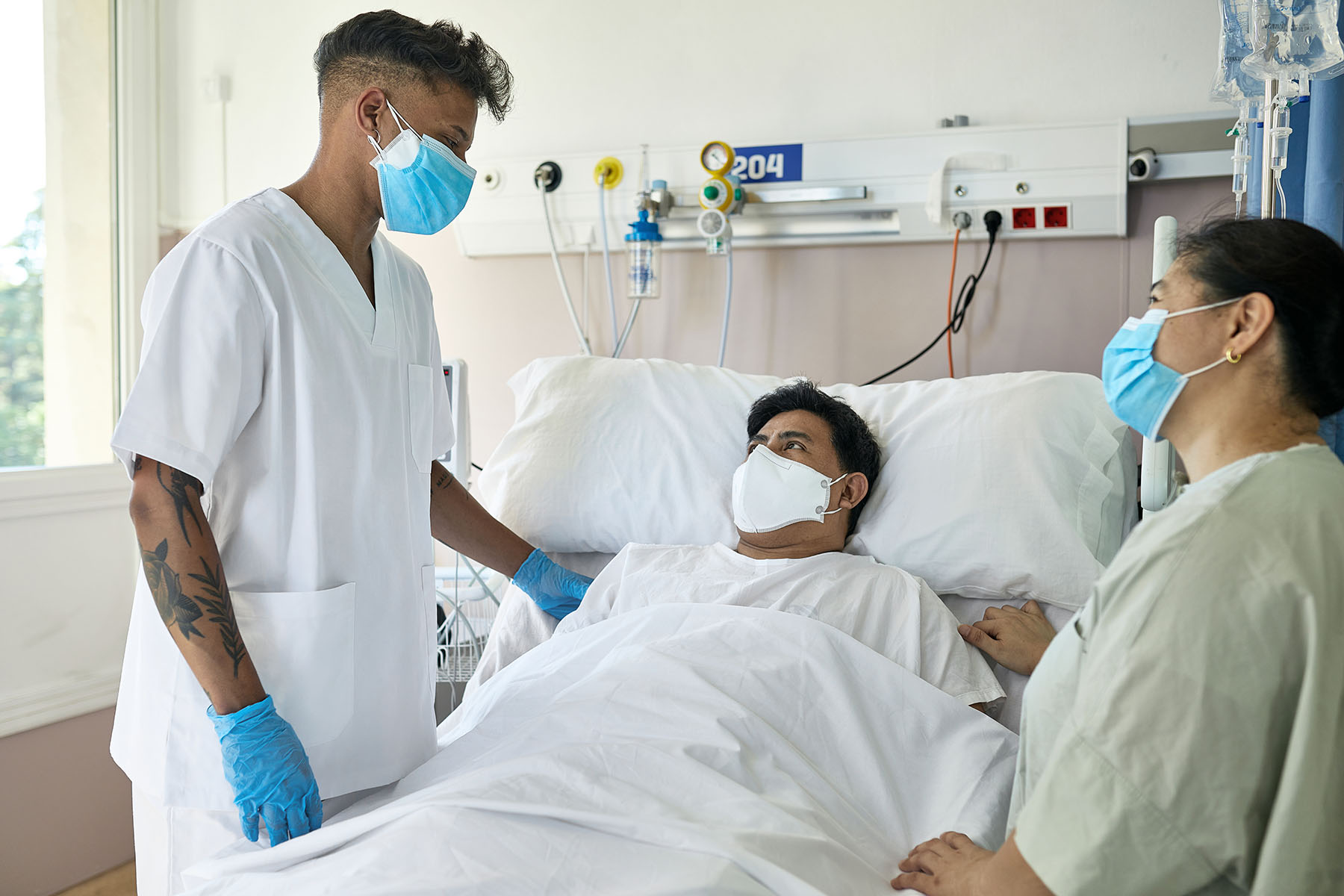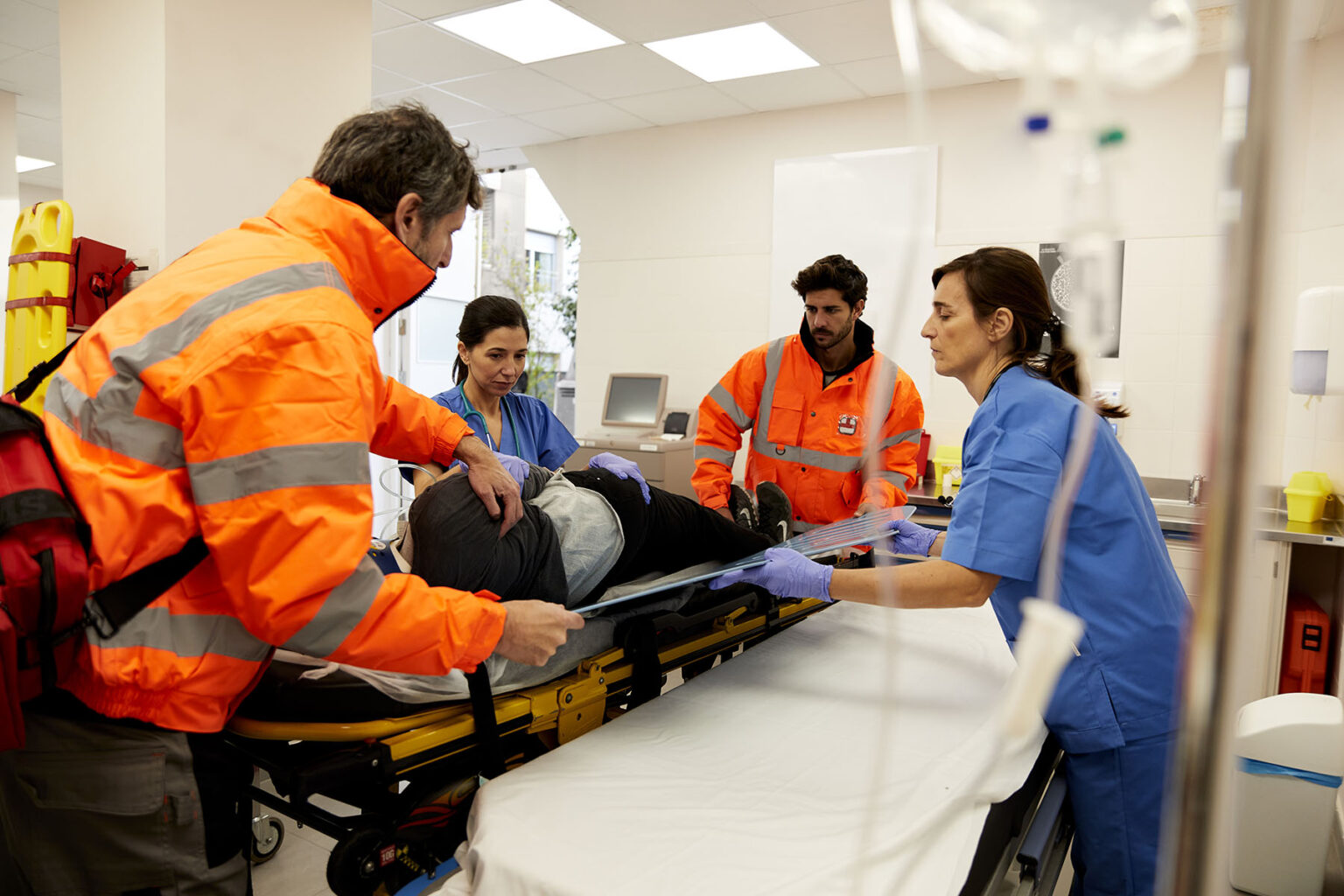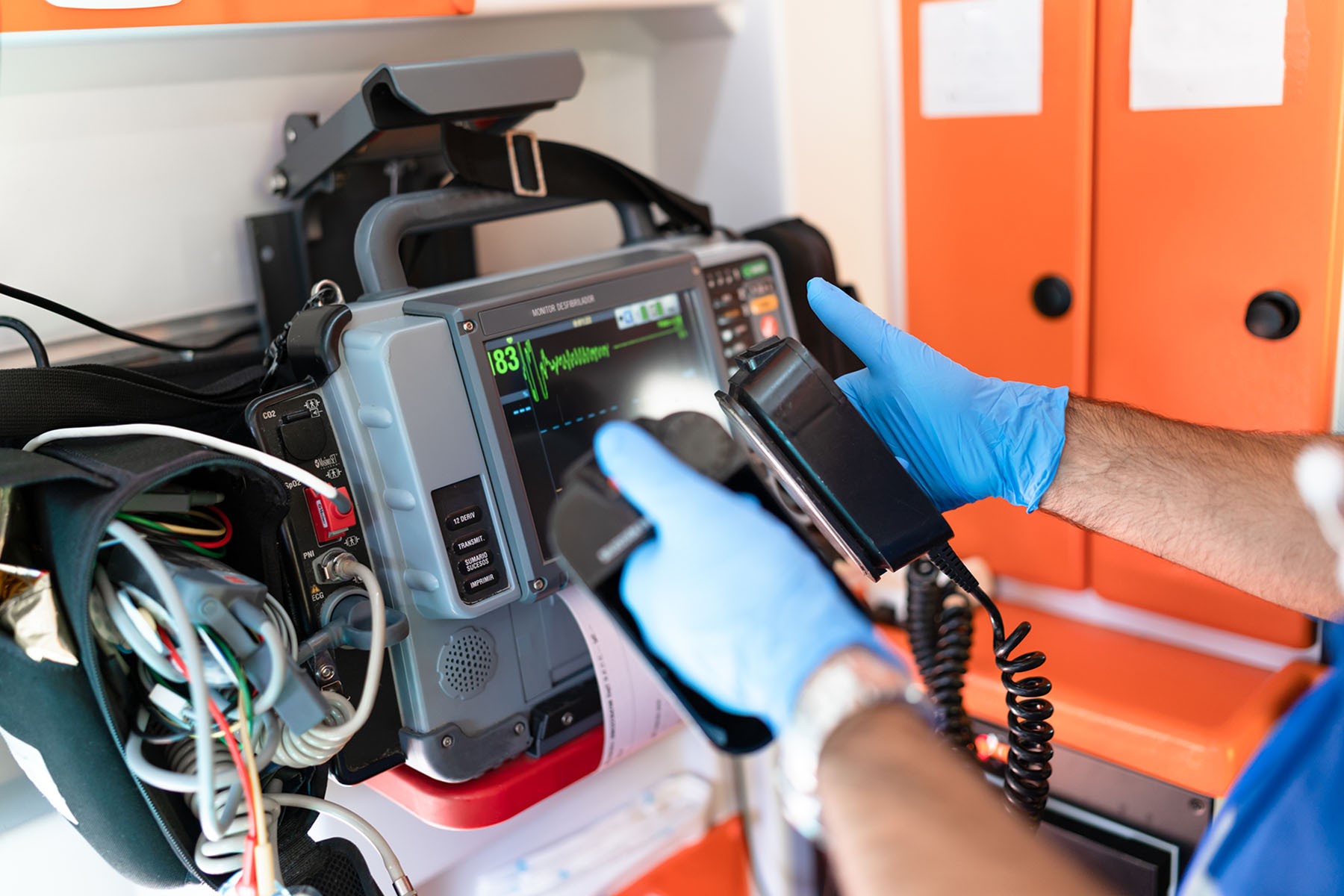Accidents happen. Whether your water broke in the supermarket, or you stood up a little too quickly while over 30, you never know when you might need medical assistance. Luckily, the Spanish healthcare system is one of the best in the world.
The medical sector, including hospitals, is effectively split into two parts: public and private. Although both offer the same level of high-quality care, there are some slight – but important – differences you’ll need to keep in mind when you get hospitalized.
Let’s get into it:
- The Spanish healthcare system
- Public and private hospitals in Spain
- How to access hospital treatment
- Emergency treatment in Spain
- What to expect from a hospital stay
- What are the hospital costs in Spain?
- Being discharged from a hospital
- Visiting someone in the hospital
- The best hospitals in Spain
- Useful resources
Cigna Global
Want access to the best private medical services in Spain? Speak to the healthcare professionals at Cigna Global today and find a policy that’s right for you. Take advantage of their global network of doctors, specialists, therapists and more with coverage tailor-made for you and your family. If you’re starting a new life in Spain, get peace of mind with Cigna Global.
The Spanish healthcare system
Spain has a high-quality healthcare system that guarantees almost universal coverage for all residents. Just over 99% of the population receives public healthcare (asistencia sanitaria pública), which is called the National Health System (Sistema Nacional de Salud – SNS).

The country also has private healthcare options operating alongside the public healthcare sector. These offer better access to medical aid and fewer waiting lines. For example, when you want to speak to a specialist in the public sector, you’ll need to have a referral from a family doctor. In the private sphere, you can make an appointment with a specialist without having to see a middleman.
Roughly 25% of the population has some form of private healthcare coverage. Private insurance is also popular among expats who have moved to Spain (temporarily).
Public and private hospitals in Spain
There are 421 public hospitals and 411 private hospitals in Spain. Nineteen of those offer both public and private healthcare. The medical centers can be categorized (in Spanish) as:
- General hospitals (hospitales generales)
- Specialized hospitals (hospitales especializados) – including surgical, oncology, traumatology, maternal, and children’s hospitals
- Mental health and drug treatment hospitals (hospitales de salud mental y tratamiento de toxicomanÌas)
- Medium and long-stay hospitals (hospitales de media y larga estancia) – including the field of geriatrics
- Other hospitalization centers (otros centros con internamiento)
Public healthcare is regulated by Spain’s 17 Autonomous Communities. The policies and national budget are overseen by the Spanish Ministry of Health (Ministerio de Sanidad). Private hospitals are operated by private healthcare providers. They are typically smaller and have more specified resources and fewer beds than their public counterparts.
However, whichever type of hospital you visit, you are sure to receive a high level of care. The 2021 Health Care Index ranked Spain eighth out of 89 countries in overall healthcare. In Europe, it placed fourth, behind only Austria, Denmark, and France. The Spanish population concurs with this high rating. In 2022, over 80% of patients were positive about their healthcare experience and scored the hospital staff 8/8.5 out of 10.
One of the reasons for this exceptionally high grade might be the lack of waiting lines. Almost 25% of patients who made an appointment were seen by their doctor the same day or the next day. For the other 75%, the average waiting time was just under nine days.
How to access hospital treatment
Anyone living and working in Spain – either salaried or self-employed – can make use of public healthcare, as well as children, pregnant people, and students under the age of 26. You will need to have a Spanish health card (tarjeta sanitaria individual – TSI), a European Health Insurance Card, or another form of health insurance that can pay for your treatment.

Non-emergency medical issues need a referral from a family doctor. For example, if you feel a lump somewhere, the primary physician will refer you to an oncologist or gynecologist for testing. However, if the doctor cannot find the mass, they will likely send you home. With private health insurance, you can contact the specialist directly and schedule a meeting in a private hospital.
Compared to other countries, private health insurance in Spain is fairly affordable. On average, you can expect to pay between €50-200 a month, depending on the coverage plan. If you need specialized care or regular treatment, your premium can go up.
Top private health insurance providers in Spain include:
If you decide to go private, you can compare different providers on sites such as SaludOnNet.
Emergency treatment in Spain
You can call the pan-European emergency number (112) if you have a serious, life-threatening emergency. The use of this number is free of charge and the operator speaks various languages, including Spanish and English.
Alternatively, you can drive straight to the nearest hospital with an Emergency Department (Urgencias). Keep in mind that ambulances (ambulancia) are allowed to run a red light; you are not. It is therefore always better to call the emergency services if you or anyone around you is serious danger.
By law, medical staff must treat life-threatening emergencies, whether you are documented or not. If the nearest ER is located in a private hospital, they must admit you regardless of any insurance (or lack thereof).
That said, public hospitals typically have more resources and options for serious emergencies. You might therefore be better off going to your nearest public hospital.
What to expect from a hospital stay
Whether you go to a private or public hospital in Spain, you can expect the same level of care in both. As said before, over 80% of patients were positive about their hospital stay in 2022, and medical staff received a score of 8/8.5 out of 10.

That said, hospital stays can differ depending on the sector they are in. For example, private hospitals typically have individual rooms and might offer their patients extra amenities, such as toiletries or baby blankets. Depending on the room you’re in, there might be an added bathroom.
Public hospitals, on the other hand, often have shared rooms. These usually include at last least four beds, the necessary medical supplies, chairs for visitors, and curtains or separators for patient privacy.
Both public and private hospitals have food services for patients, with meals delivered to the bedside.
What are the hospital costs in Spain?
Medical treatment at a public hospital is free for anyone with a Spanish health card or EHIC. However, you might be required to pay for optional vaccines and (parts of) prescription medication. If you are interested in seeing how much your treatment would cost (if it weren’t free), the Ministry of Health has an overview of hospital costs on its website.
When it comes to treatment in private hospitals, costs will largely depend on your insurance policy and provider. Usually, more affordable plans will offer less coverage, and patients might have to make additional payment. The more expensive your insurance plan, the more it will likely cover. Copays will be lower or even non-existent.
Depending on your situation, you might have to pay private hospitals upfront and request reimbursement from your insurance provider.
Being discharged from a hospital
Hospitals will hold you as long as deemed necessary. Once your stay is no longer beneficial for your recovery, you will be discharged by a doctor. Discharges can happen any day of the week in the morning or afternoon.
Typically, you will have to sign your discharge papers. If you choose to leave earlier, you must sign an agreement that states you are responsible for any secondary effects that might occur.

When you leave, the medical staff will give you information about outpatient care. Reception staff will usually help with scheduling follow-up appointments.
Visiting someone in the hospital
Many of the regulations surrounding hospital visits in Spain have changed in recent years due to the COVID-19 epidemic. Pre-pandemic, visiting someone in the hospital was fairly simple. Rules were often lax, ensuring you could spend quality time with your loved ones while they received treatment.
During the outbreak, patients could typically have just one person accompanying them to the hospital during an emergency. For longer stays, patients could sometimes receive a visitor during specific hours.
More recently, hospitals have started to allow two visitors at a time. Family members can often rotate.
The best hospitals in Spain
Every year, the global news magazine Newsweek publishes a list of the world’s best hospitals. In 2023, they ranked over 2,300 hospitals in 28 countries. The best hospitals in Spain are located mainly in the larger and more populated cities of Madrid and Barcelona. The top three include:
- Hospital Universitario de la Paz, Madrid – a public hospital located in the north of Madrid. La Paz got a score of 93.82%.
- Hospital Clínic de Barcelona – a public clinic, as well as a research and university center. This hospital in Barcelona got a score of 92.59%.
- Hospital Universitario 12 de Octubre – another university hospital, this one located in Madrid. This medical center came in close third with a score of 92.52%.
Useful resources
- English Speaking Healthcare Association Spain – a non-profit organization listing English-speaking doctors and healthcare professionals in Spain
- Farmacias de Guardia – online directory of 24/7 pharmacies in Spain
- Ministry of Health – the official government website with information on Spanish healthcare, including a section on gender-based violence and domestic abuse









